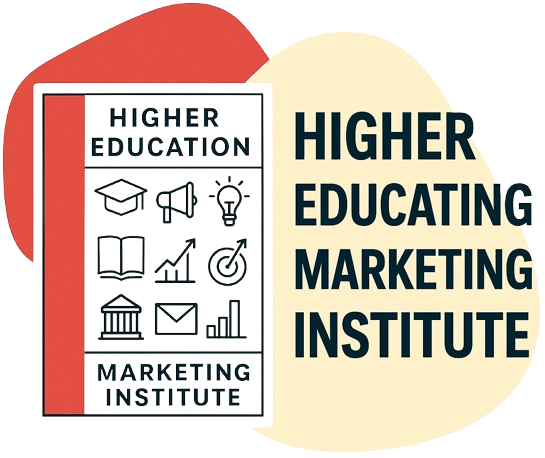Higher education marketing is constantly evolving and adapting to new technologies and trends. As we look to the future, higher education institutions must stay informed about the emerging trends and technologies shaping the industry. In this post, we’ll explore predictions and trends likely to impact higher education marketing in the coming years.
- Increased use of Artificial Intelligence (AI) and machine learning: AI and machine learning are becoming increasingly prevalent in higher education marketing. These technologies can help institutions better understand and engage with their target audience, automate repetitive tasks, and improve the efficiency of their marketing efforts.
- Personalization and individualization: Personalization and individualization are increasingly important in higher education marketing. Institutions are using data and technology to create personalized experiences and content for potential students, which can lead to increased engagement and enrollment.
- More emphasis on digital and social media: The role of digital and social media in higher education marketing will only grow in the coming years. Higher education institutions must focus on building a strong online presence, leveraging social media platforms, and creating engaging digital content.
- Use of virtual and augmented reality (VR/AR): VR and AR technology is becoming more accessible and cost-effective, making it a viable option for higher education institutions to create immersive and interactive experiences for potential students. Institutions can use VR/AR technology to showcase their campus, student life, or even their programs and professors in a way that traditional media cannot offer.
- Focus on student retention and engagement: Higher education institutions are increasingly focusing on student retention and engagement to improve the overall student experience and increase enrollment. Institutions are using technology and data to provide personalized support and resources to students, which can help to improve retention and engagement.
- Emphasis on data-driven decision-making: With technological advancements and data collection, institutions can collect and analyze more data than ever. This allows institutions to make more informed decisions about their marketing strategies and to measure and optimize their efforts.
In conclusion, targeted advertising is crucial to any higher education institution’s marketing strategy. By understanding your target audience, utilizing the targeting options offered by platforms such as Facebook and Google, creating engaging ad copy, using eye-catching images and videos, testing and measuring your campaigns, monitoring your budget, and staying updated on the latest trends and technologies, higher education institutions can effectively reach the right audiences and increase their chances of attracting and enrolling new students. With the right approach and tools, higher education institutions can achieve their goals and success in their advertising campaigns.




